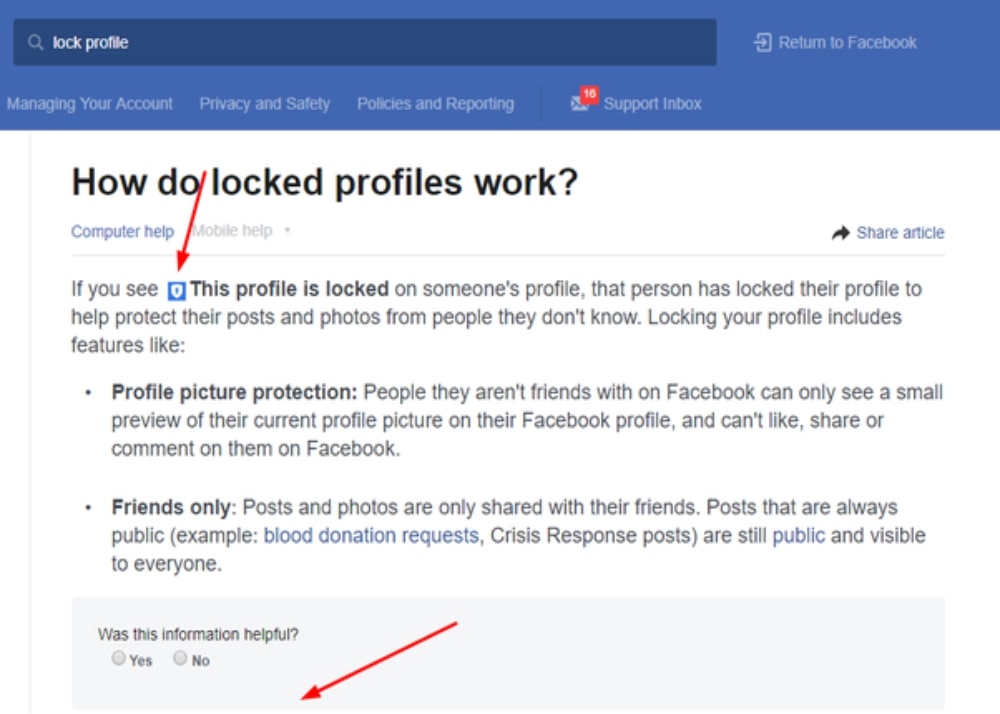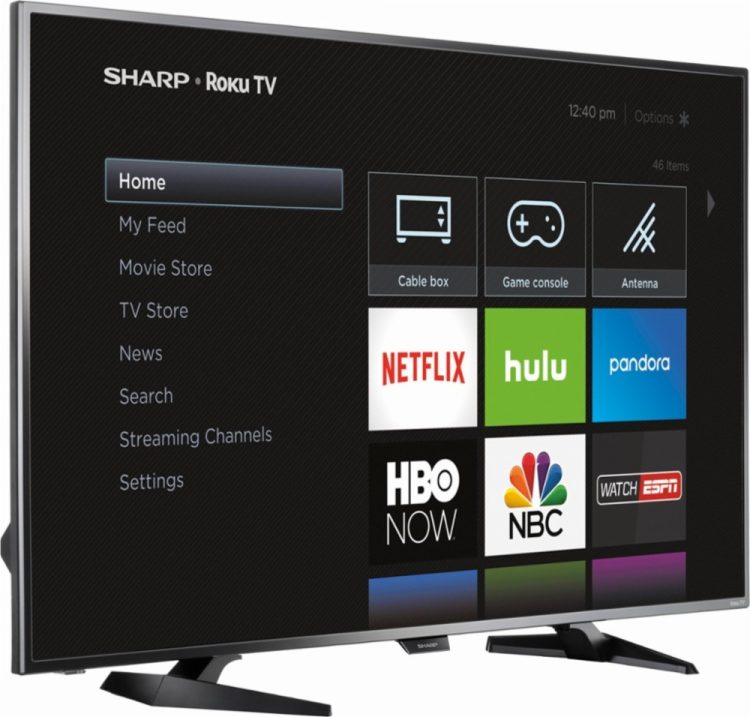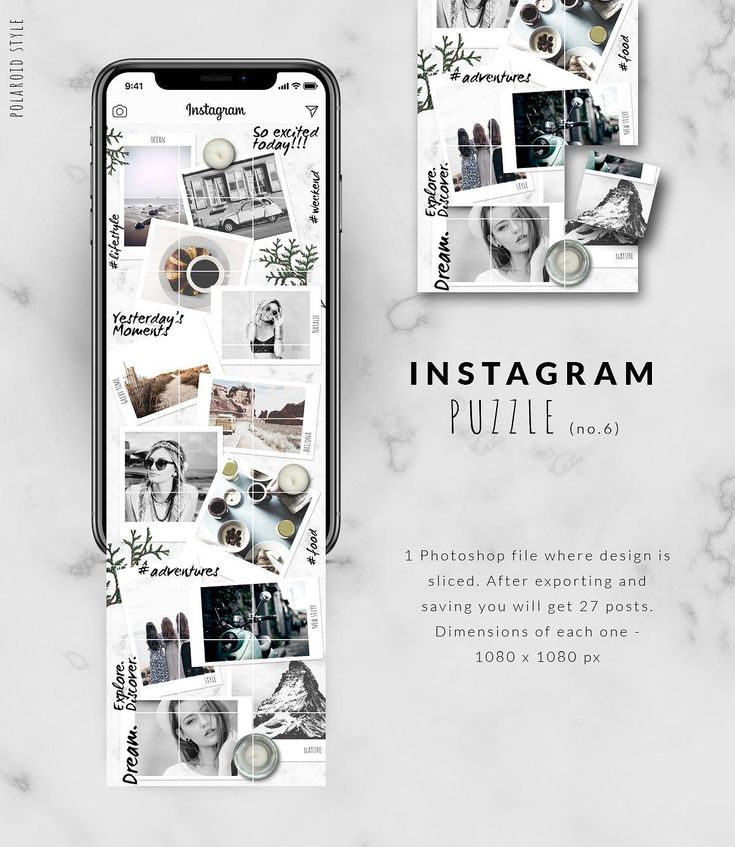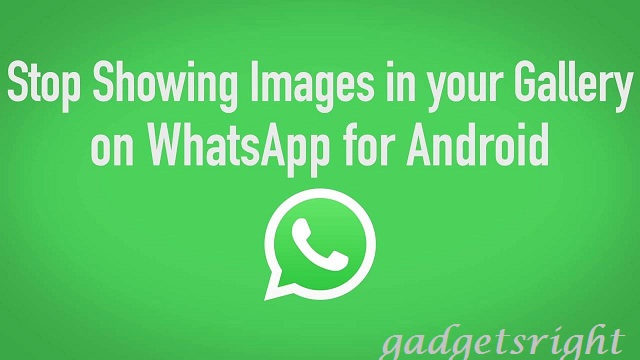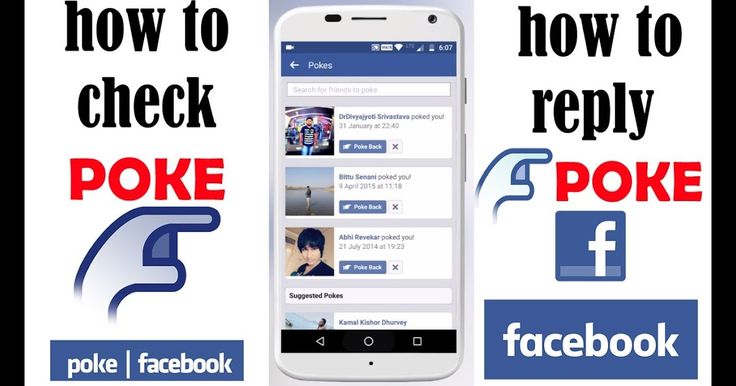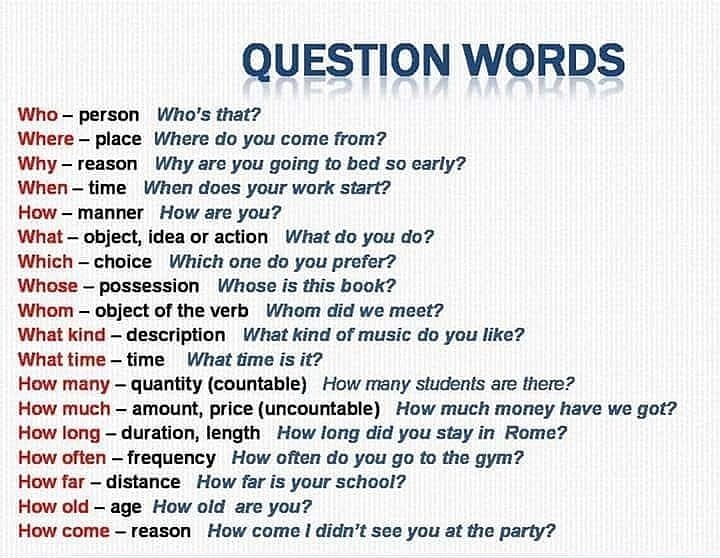How to promote an album on facebook
Facebook Ads Strategy for Musicians
Creating ads on Facebook is a great way for musical artists to get people interested in their latest album, tour, merch, and other promotions.
Learn how to use the videos you already post online to craft an ad campaign to drive your off-platform goals and see real-life examples from three artists below.
Please make sure all of your content follows Facebook’s Terms of Service, which includes requirements regarding intellectual property.
Read more about direct response advertising on Facebook here.
1. Find the audience you want through video
Craft meaningful, fun, creative videos for Facebook in varying lengths and formats (we recommend videos that are 3+ minutes long) that align with your business goals down the line and that highlight the artist, close up, during the first 3 seconds.
Examples of videos to post:
- Live performance footage to drive ticket sales
- Performance footage to drive merch sales
- Performance footage or stripped down performance footage to drive streams
- Fun/creative video initiative to announce album release and drive streams (for example, a 15-second teaser with the artist speaking directly to the camera)
- Fun/creative video that debuts merch to drive merch sales
2. Refine your audience
Use Facebook advertising tools to reach an audience of people who are most likely to be interested in what you want to promote.
- From the people who watch your videos on Facebook and Instagram, you can create a Custom Audience. You can then create a Facebook ad to show to this qualified audience. Learn more about creating a custom audience from video views here.
- You can also set up a Facebook Pixel for your website. This is a piece of code for your website that lets you measure, optimize and build audiences for your Facebook advertising campaigns.
- Use the Pixel to create a Custom Audience from your website that matches people who visit your website with people on Facebook. You can then create a Facebook ad to show to that audience.
- Using the two groups above, you can then create a Lookalike Audience to reach new people who are likely to be interested in your business because they’re similar to your established audiences.
- We also recommended targeting a broad audience when creating an ad, such as the region and age range you’re targeting plus a broad interest layer based on musical genre.

3. Create an ad that will drive results
- Think creatively when choosing imagery and videos for mobile ads. Even simple changes can make a big difference. See our tips for image and video optimization.
- Test different versions of the ad creative by creating a split test. A split test lets you see which ad works best so that you can improve future campaigns.
a. For example, for wearable merchandise we often see that static image carousel ads (potentially of the artist wearing the merch) drive the strongest sales.
- With campaign budget optimization, Facebook will distribute your budget across ad sets to get the best results for the campaign. Put all of your audience sets and different creative assets into a single campaign so that the campaign budget optimization can drive the best possible business outcome.
- Measure the success of your ads based on increased video views, sales, awareness, or conversions.
4.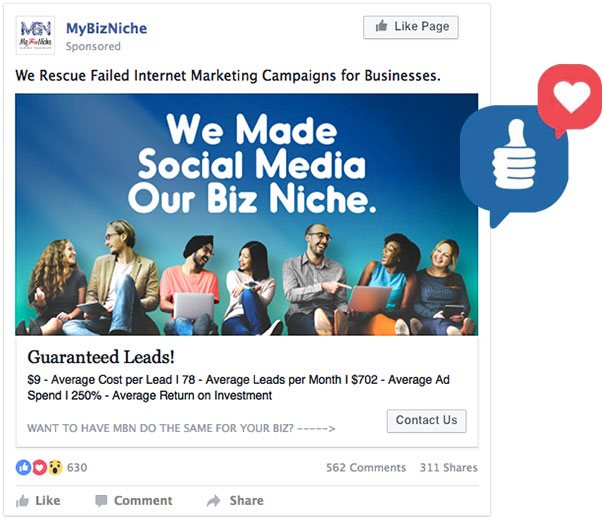 IRL Examples
IRL Examples
Tash Sultana
1:
About two months after her album Flow State was released, musician Tash Sultana posted a video of her performing a song off the album. The video post was boosted using Facebook ads to reach more of her existing and potential new fans.
Target audience:
- Followers of similar artists, related festivals, and music outlets on Facebook
- Followers of Tash Sultana
Results: Over 1 million video views
2:
The team then created a Facebook ad to promote related merchandise to their US audience. Based off the audience of the previous video, they created a few audience sets for the ad.
Target audience:
- People who watched at least 3 seconds the video
- A Lookalike Audience of those video viewers
- Followers of Tash Sultana
Results: Ad exposure drove over 1,000% increase in conversion, resulting in nearly $11,000 in incremental sales that wouldn’t have happened otherwise.
3:
Using the results from that campaign, the team used the same creative to create another Facebook ad to promote the same merchandise to a worldwide audience.
Target audience included all of the previous audience sets, plus:
- People who had visited the website but didn’t buy anything (created using the Facebook Pixel)
- A Lookalike Audience of people who did make purchases
Results: Ad exposure drove over 300% increase in sales, with an incremental return of 3x on ad spend.
Midland
The country music group posted a video of a live performance and built an ad campaign audience using those viewers.
After the video premiered, they created an ad campaign for new merchandise.
Target audience:
- People who watched at least 3 seconds the video
- A Lookalike Audience of those video viewers
- Excluding people who had purchased something from Midland’s website over the previous month
Results: By posting their video to Facebook and then using video engagement custom audiences, Midland was able to drive meaningful merchandise sales to fans who engaged with their “Burn Out” video.
Esperanza Spalding
By targeting video viewers plus a Lookalike Audience of viewers, Spalding was able to expand her audience and drive additional traffic to her album.
View the entire case study here: https://www.facebook.com/facebookmedia/success-stories/esperanza-spalding-casts-a-spell-on-fans-with-album-debut
5. Learn More
Glossary
Online Resources
How to advertise your music on Facebook
Having a Facebook Page for your music has so many benefits besides displaying your “like” count to the world. Some advantages of fan pages over personal pages are rather obvious, such as separating your personal and professional life, using Page Insights to learn about your audience demographics, and getting taken more seriously as an artist overall.
But for any musician who’s trying to get more fans and figure out how to better engage their audience, Facebook Ads Manager is invaluable.
Ads Manager is a powerful all-in-one tool that allows you to create, manage, and measure ad campaigns.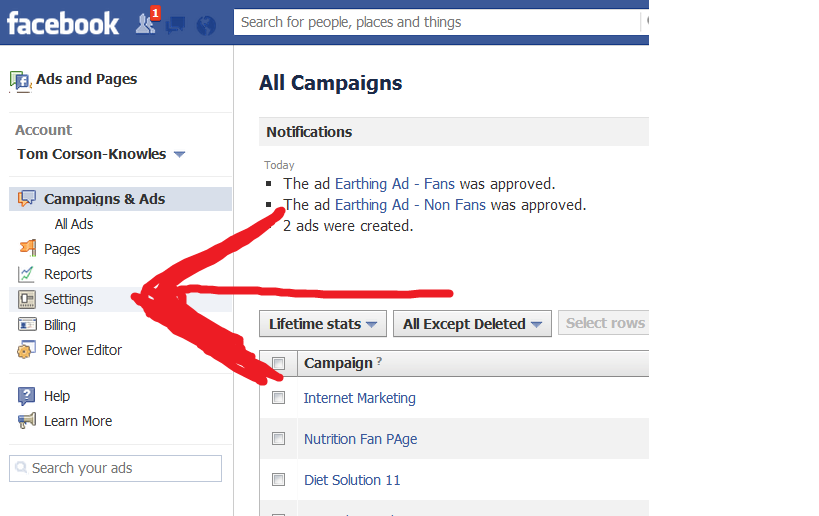 With some testing and tweaking, it can be one of the most effective and budget-friendly ways to stay top of mind among your current fanbase while also growing your following.
With some testing and tweaking, it can be one of the most effective and budget-friendly ways to stay top of mind among your current fanbase while also growing your following.
Let’s explore the essentials of how to advertise your music on Facebook, step by step.
Define your goal
You need to have a way of measuring the success of your Facebook ad campaign, so the first step is to set a specific goal. Attach concrete numbers and a deadline to it. The more detailed you make your goal, the better.
For example, if you have a show to promote, how many tickets do you want to sell, and by when? If your goal is to build your email list, how many signups do you want in the next 30 days? If you’re about to release a new single, how many streams are you hoping for in the first week? What’s the crowdfunding target you need to hit by the end of the month?
A note on “like” campaigns
Although Facebook ads can certainly help increase “likes” on your page, we wouldn’t recommend making that your primary goal for a targeted campaign.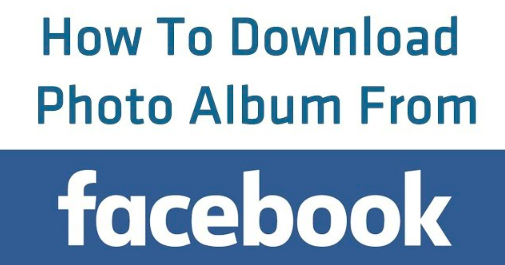 If those new “likes” are mostly random (or worse, spam accounts) and the people behind them are not actually engaged with your content, it could end up costing you more to reach your real fans.
If those new “likes” are mostly random (or worse, spam accounts) and the people behind them are not actually engaged with your content, it could end up costing you more to reach your real fans.
Determine your budget
The great thing about advertising on Facebook is that you can test out your ads first with a small budget and determine what works best before putting more money into them. You can set either a daily budget or a lifetime budget (meaning day-to-day spending will vary slightly, but you’ll never exceed the total budget you’ve allocated).
Facebook ads work on an auction, so the cost is determined by how much you’re willing to bid, who you target, and the amount of competition among other advertisers for that audience.
The winner of the auction boils down to what Facebook calls “ad relevance,” which has a lot to do with the quality of your ad and how people interact with it. Basically, the more relevant your ad is to your target audience, the less it’ll cost and the better results you’ll get.
Depending on the goal you’ve set, you can choose to pay for your ads by cost per thousand impressions (CPM) or cost per click (CPC). CPM is a better choice if your goal has to do with spreading awareness and inexpensively reaching as large an audience as possible.
CPC is usually a more expensive way to advertise, but the upside is that you only pay when someone actually clicks on the ad. This is the smarter option for conversion-oriented goals that have a specific call to action.
Identify your target audience
Another big benefit of advertising music on Facebook is that you can get as specific as you want with your targeting — which means that you’re not wasting your precious dollars on showing ads to people who aren’t likely to be interested.
If you’re new to Facebook ads, you’ll probably need to play around with different targeting options for a bit until you hit on the right combination. In Ads Manager, you’ll be able to see in real time how your estimated reach changes as you make tweaks.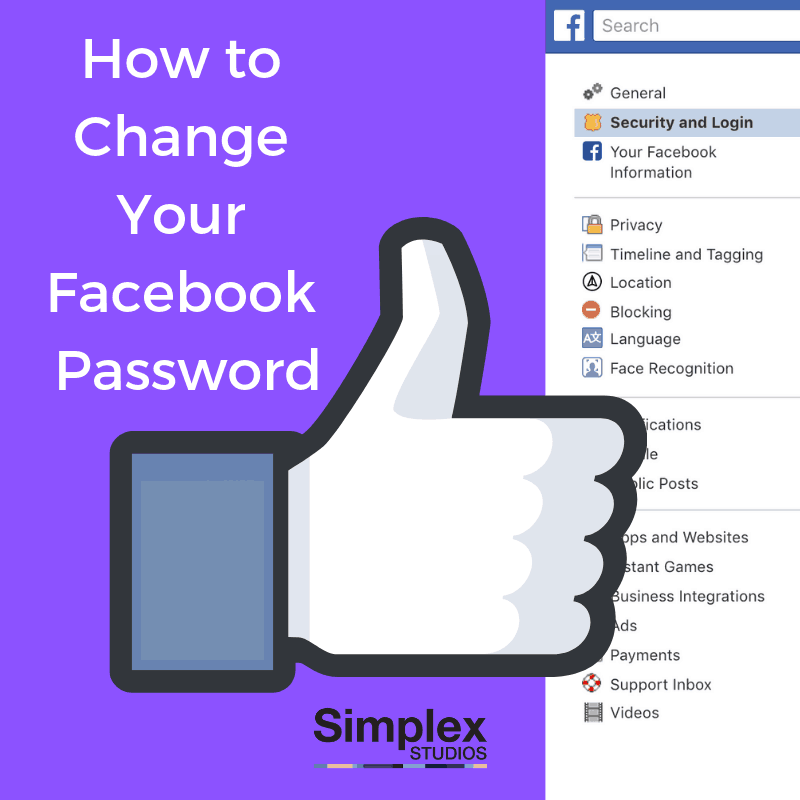
Here’s an overview of all of Facebook’s audience targeting options, but as a musician, you’ll definitely want to explore some of the following:
- People who already like your Facebook page
- Friends of people who like your Facebook page
- People who are interested in bands similar to yours
- People who live in your city (if you’re trying to build up your local fanbase)
- People who live in cities where you plan on touring
- People who have engaged with your Facebook videos
- People who have visited your website (you’ll need a Facebook pixel to do this, which Bandzoogle has integrated: Using Facebook Pixel)
- People who have subscribed to your email list
- Lookalike audiences of any custom audiences you’ve created
Sometimes, even a small change in your targeting can make a big difference in your conversions.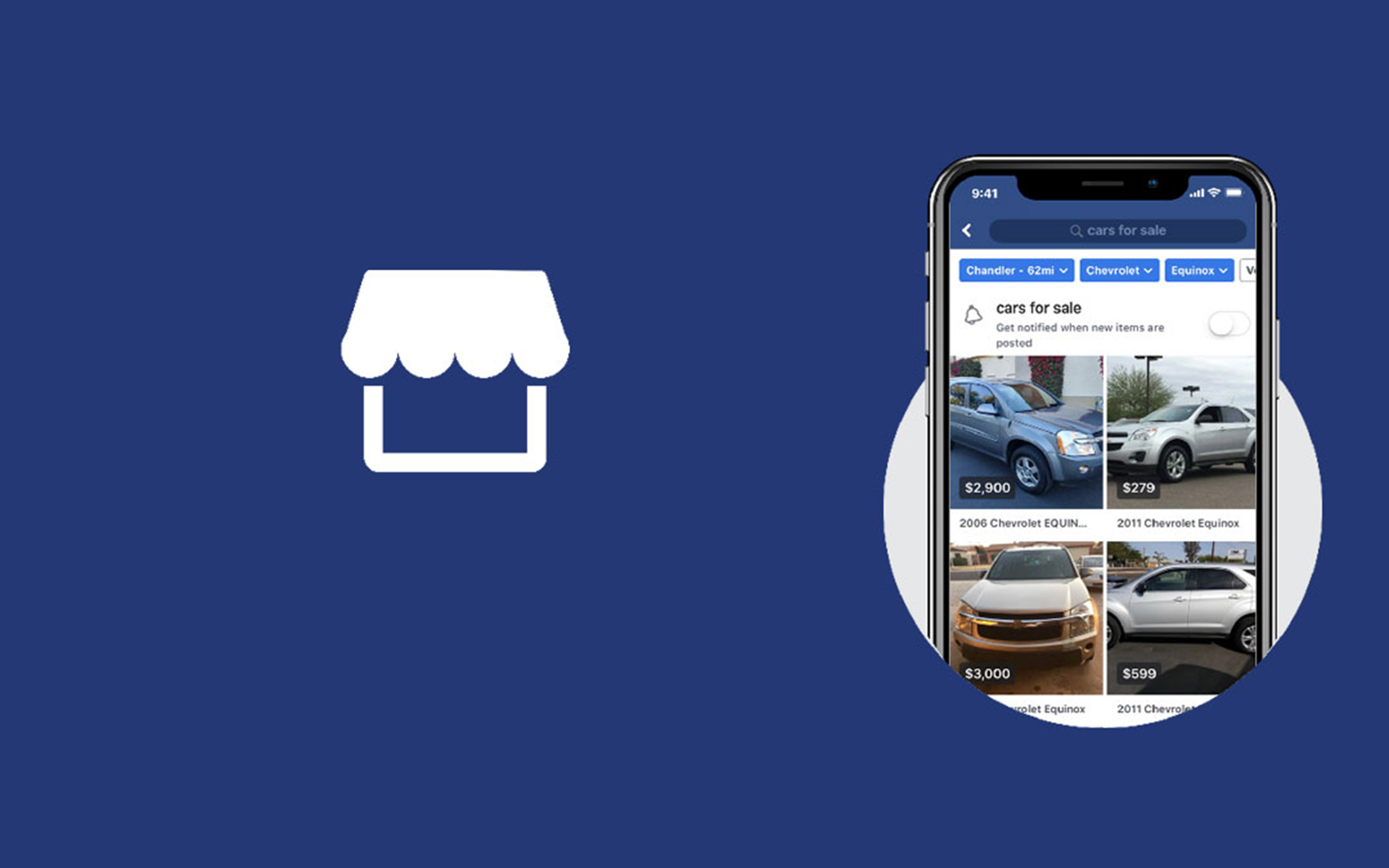 Within your campaign, try running different ad sets targeted at different audiences, and compare the results to get a better idea of what’s most effective.
Within your campaign, try running different ad sets targeted at different audiences, and compare the results to get a better idea of what’s most effective.
Decide between a boosted post or an ad
Did you recently post something on your Facebook page that hasn’t been getting a ton of traction organically, but you really want to make sure your fans see it? Boosting it right from your timeline is the easiest way to accomplish that.
Boosted posts tend to be optimized for views and engagement (reactions, comments, and shares) on that specific post. Ads created through Ads Manager, on the other hand, can be optimized for a much wider range of objectives, including conversions off Facebook (like driving people to sign up for your newsletter, buy a ticket to your show, stream your music, buy your merch, or contribute to your crowdfunding campaign).
Although boosted posts are technically a type of ad, the trade-off is that you don’t have nearly as much control over the finer details like audience targeting, bidding, budget, placement, and split testing.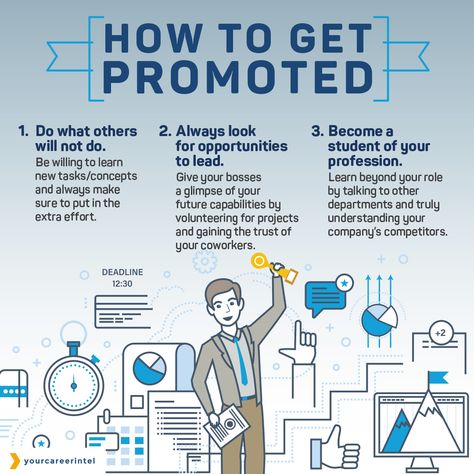 But if you simply want more people to see your new post as quickly as possible, a boost could be all you need for now.
But if you simply want more people to see your new post as quickly as possible, a boost could be all you need for now.
When you click “boost post” in the bottom-right corner of your post, you’ll be able to choose the audience you want to reach (targeting options are limited to age, gender, location, and interests), your total budget, and how many days you want the boost to last. You won’t be able to change the text or image after you boost, so make sure you’re happy with how the post looks before you proceed.
It’s also important to note that Facebook has become more strict about the type of content that’s eligible for boosting. If you go to boost a post on your page but instead see the words “boost unavailable,” you can hover over those words to find out the reason why. Here’s a full list of what you can’t boost, along with solutions for each.
Create your campaign
If you’ve decided that creating a campaign in Ads Manager is better for your goal than boosting, we’d highly recommend using the Guided Creation workflow. This option will walk you through all of the necessary steps, including selecting your objective, audience targeting, budget, schedule, and placement. After you finalize those settings, you’ll then be taken to the section where you choose the format, media, and text for your ad.
This option will walk you through all of the necessary steps, including selecting your objective, audience targeting, budget, schedule, and placement. After you finalize those settings, you’ll then be taken to the section where you choose the format, media, and text for your ad.
You have several options for the format. Ads that feature a single image, link, and call-to-action button (such as “learn more” or “sign up”) are common, and video ads are becoming increasingly popular. Other options include carousel ads (featuring multiple images or videos that people can click through in a single ad), slideshow ads, and collection ads, all of which you can read more about here.
For musicians, we’d suggest starting out with a single image or a short video, depending on what your objective is. An image would be a great choice if you want to drive traffic to your band website or online merch store, while a video would be effective to promote an upcoming show, tour, or music video.
Once you’ve finalized and reviewed all the details of your campaign, click the “place order” button. Your campaign will be under review at first, but as long as it meets Facebook’s advertising guidelines, the status will update to “active” shortly thereafter.
Measure your ad’s performance
The work isn’t over once your campaign is active! While it’s running, you need to track its performance and make any necessary adjustments.
Ads Manager provides all the data and insights you need to help you figure out how well your ads are doing. For example, if you’re testing a few different ad images within one campaign, you’ll want to go into your analytics after a few days and see which versions are performing the best for the lowest price. By turning off the versions that aren’t performing as well, your budget will get reallocated to the more successful ads, giving you the most bang for your buck.
You have access to metrics for boosted posts as well. From your Facebook page, click “Ad Center” and then “all ads” to see how your boost performed.
From your Facebook page, click “Ad Center” and then “all ads” to see how your boost performed.
While best practices for Facebook advertising remain consistent, the tools are always evolving and improving. So keep testing, keep experimenting, and keep tracking your results!
Sell music, merch, and tickets, take direct donations, pledges for crowdfunding, and create monthly fan subscriptions from your website, all commission-free. Try Bandzoogle free for 30 days to build a website for your music.
Using Facebook for musicians. 10 golden rules. part 1
Greetings to all group members! We inform you that Facebook can be used not only to sit comfortably in the Auto Lux during the next tour, make fun of a once successful former classmate by saying to himself “Hey, does this weirdo teach English in high school? It's not fun..." Slowly start engaging in dialogue with your fans, strive to promote your music, and partner with music brands.![]() nine0003
nine0003
Based on a survey of music professionals, ten Golden Rules have been identified for the productive promotion of their own compositions through Facebook. Now a school friend will not be able to laugh at grammatical errors in the name of the group, but will admire the information on your Facebook page.
1. Help from other artists
Suppose you have 50 fans on your Facebook account, most of them are your relatives and friends. How else can you increase the number of fans? You can take the opportunity to open for other more famous bands. With Facebook, this is also possible. nine0003
Alison Schlueter, Vice President of Digital Marketing for Island Def Jam Music Group, said in an interview, “We have several bands with Facebook pages that are growing quite slowly. Therefore, we periodically seek help from other artists with whom we have established contact, and this increases the number of “likes”.
At your request, tracks, video, album can be placed on the wall of the group with which you have established friendly relations with a link to the Facebook page.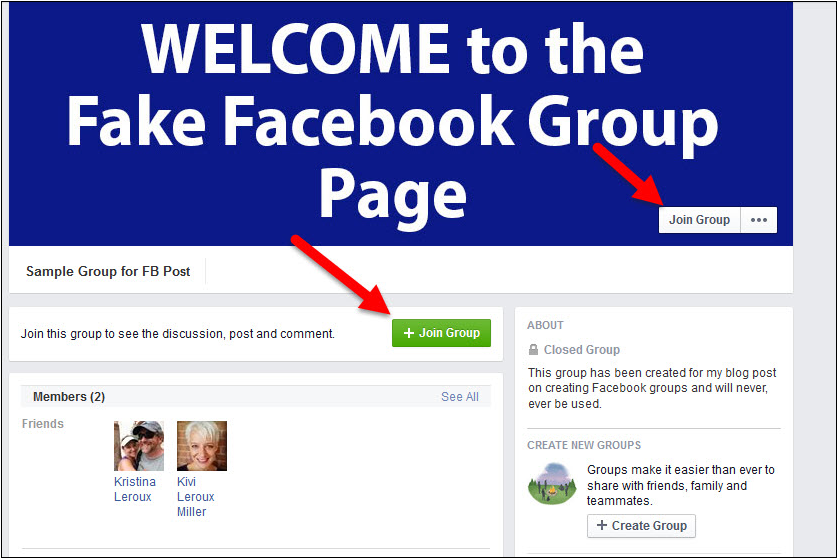 Be sure to thank this team on occasion by doing some kind of service for them or sit in a relaxed atmosphere treating them to beer. nine0003
Be sure to thank this team on occasion by doing some kind of service for them or sit in a relaxed atmosphere treating them to beer. nine0003
Alison Schlueter advises not to forget the first 50 fans of your talent when the number of fans approaches 75. She believes that the first fans are the messengers of the group. Then you can have 37 million fans. Of these, only a few will be truly devoted to you.
2. Communication with fans behind the scenes
Warm communication with fans behind the scenes will bring you even more popularity and love. Faithful messengers will preach your creativity and report your talent to the whole world. nine0003
Meredith Chin, Facebook's corporate communications manager, believes that before creating a Facebook page, the first step should be to establish personal contact with fans. Indeed, in the past, in order to learn something about your favorite performer, you had to visit or watch shows on TV where stars are invited. Now many singers are using music brands, couples managers, agents to update their page, so you can see what's happening on tour, off stage and in real life. Meredith Chin advises "If you are successful, avoid this approach, the fans will be grateful to you if you personally communicate with them." nine0003
Meredith Chin advises "If you are successful, avoid this approach, the fans will be grateful to you if you personally communicate with them." nine0003
3. Tell your fans about more than music
Fans who love your talent and creativity are also interested in your hobbies in life, those around you, what style of clothing you prefer, do you like animals. They want to know about you any information.
Miles Grosowski of Big Hassle Online Marketing recommends making sure that creative people stay up to date with what's happening in your life by finding out about it on Facebook. She says: “I always like to learn something about musicians that is not directly related to music. Remember - the fans are watching the band. We try to keep abreast of their lives and latest events. They shape our taste." nine0003
It's important that fans have topics for discussion, so post interesting videos, pictures and Facebook articles along with information about creativity.
4.
 Fan Contribution to Your Favorite Artist
Fan Contribution to Your Favorite Artist To maintain an unbreakable bond with your fans, you need to allow them to contribute to your musical creativity. For example, Keith Urban, according to Meredith Chin, posted two versions of the cover of the new album even before its release, using the platform as a platform for discussion. Thousands of users became participants in the dialogue, left their comments and "likes". nine0003
You can use the "Facebook Questions" section to communicate. Chin believes that using it is easy and simple, a certain result is quickly achieved. In this section there is a function with which you can answer the question "yes" or "no". You can also get multiple answers to a single question.
Posting photos taken at concerts, press conferences, meetings with fans will allow everyone who finds himself in the photo to be happy to tell his friends about his impressions. Pictures, getting on the news feeds of friends of fans, interest them, and they tend to learn more about your work on the Facebook page. nine0003
nine0003
5. Effectiveness of visual information
Loyal fans listen to your every statement, but not everything is clear to them by ear. With Facebook, you can use the option to view photos or videos. Doug Barash, director of new media technologies at Verve Music/Universal Music, believes that every time you update your own status, you need to add an appropriate photo that can give more information about you. You can also post a video if you have a camera. Photos and videos are a faster message than text. In addition, fans can leave their comments or "likes" in case they like the update. nine0003
Incredibly effective using the Instagram or PicPlz apps. They will allow you to easily post great pictures from your life on your personal Facebook page or on the pages of friends of the same services.
How to promote a page for art lovers on Facebook
- How to promote theater on a social network?
- How to gather fans of classical music on a Facebook page?
- What about museums that dream of large audiences? nine0058
- Do creative projects have a right to life in the social network?
We analyze the positioning of cultural objects in social networks on the example of Facebook and the Classicalmusicnews. ru project.
ru project.
It is generally accepted that creative projects in social networks are something narrowly niche, and it makes no sense to open a page for a couple of hundred followers - fans of one or another type of art. Hoping that they can be active followers, that is, commenting on and sharing publications on their pages, is also not accepted. But in reality this is not so. nine0003
I will give my opinion on how to make "artificial" projects successful in the social network.
These are projects about classical music, fine arts, sculpture, theatre, opera and ballet. I would leave cinema out of the scope of this article, since it can be completely different. Only arthouse fits into this series.
Today, almost every theater has its own page in the social network. And it develops in a completely different way. What mistakes do art page admins make? nine0003
Error #1 . They strive to please the followers and post a lot of beautiful photos.
They strive to please the followers and post a lot of beautiful photos.
Error #2 . They write boring and long texts, and sometimes even just publish press releases. This does not bring popularity, but they continue to do it with enviable persistence. For what? Only they know.
Error #3. They try to cover current events for a small audience. This, of course, is of informational value, but only if there is an appropriate audience. If the page has 500 followers, and at the same time only five of them are active (meaning the core of the audience - those who view the page's publications regularly), then you need to be aware that your news is practically not read. That's when the page has, say, over 5,000 subscribers, and most importantly, according to statistics, there is serious activity, then the news will be more than in demand. nine0003
If you look at the pages devoted to painting, they have their own extremes and tendencies.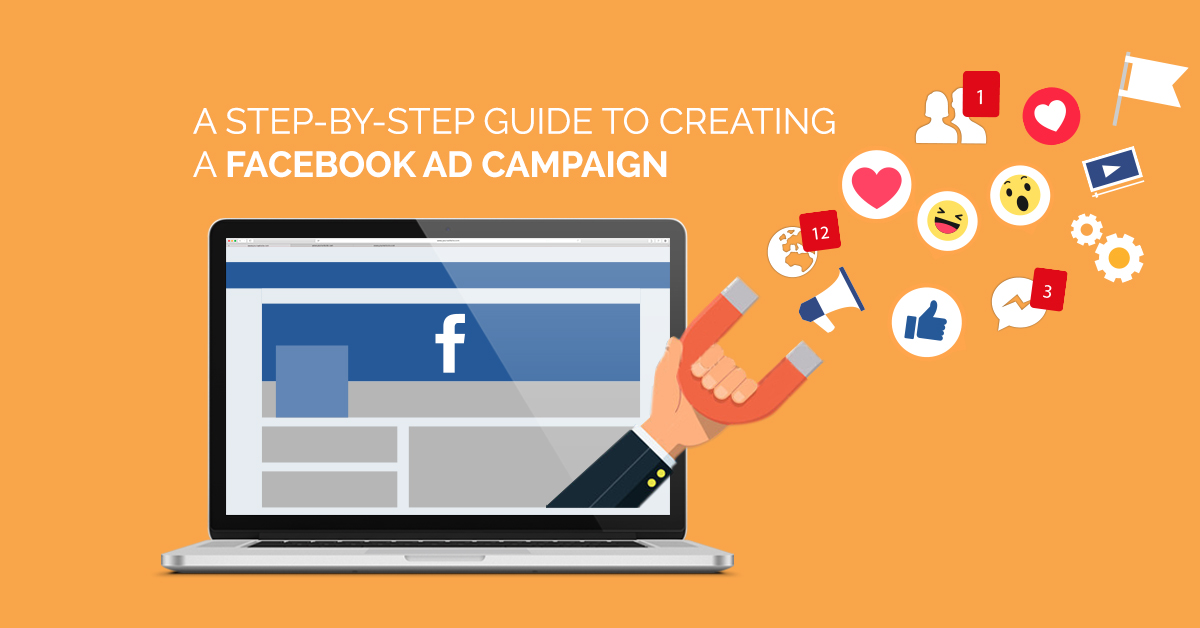
Error #4. Reposts from other pages or publications of photographs of various reproductions. But to win the trust of your subscribers, this is not enough. There are many official pages of museums that publish photos of the same paintings, but often in a much more meaningful way: focusing on one topic or another, accompanying the photos with interesting editorial comments. And such pages are much more interesting to view than simple “reposted” ones. nine0003
Useful content
What works in a social network? What is of value. When we talk about culture and art on the pages of social networks, we are not supposed to be banal and uninteresting. Subscribers are waiting for something exclusive, amazing, high quality, striking in its beauty and aesthetics. And, all at once. That is, aesthetics alone will not be enough.
It is especially important not to go overboard with one or another post format. Only texts or only photos will not be enough: we live in a multimedia era, so page publications should become a complex of interconnected text materials, images and videos. As well as links to publications from other resources, but in a minimal amount. nine0003
Only texts or only photos will not be enough: we live in a multimedia era, so page publications should become a complex of interconnected text materials, images and videos. As well as links to publications from other resources, but in a minimal amount. nine0003
Tip: Post different content on the page. Don't be monotonous. It is best to use exclusive content, but it is also permissible to reprint someone else's content if you indicate the author and source.
Author's content
In this case, you cannot limit yourself to good copywriting. It's about a professional approach when a person from the art world writes about art. This is the ideal model. If the materials on the page are published by a person who is “out of touch”, then readers will sooner or later feel the catch and, most likely, will unsubscribe from you. nine0003
Tip: don't be discouraged if something doesn't work out right away and you don't read enough.
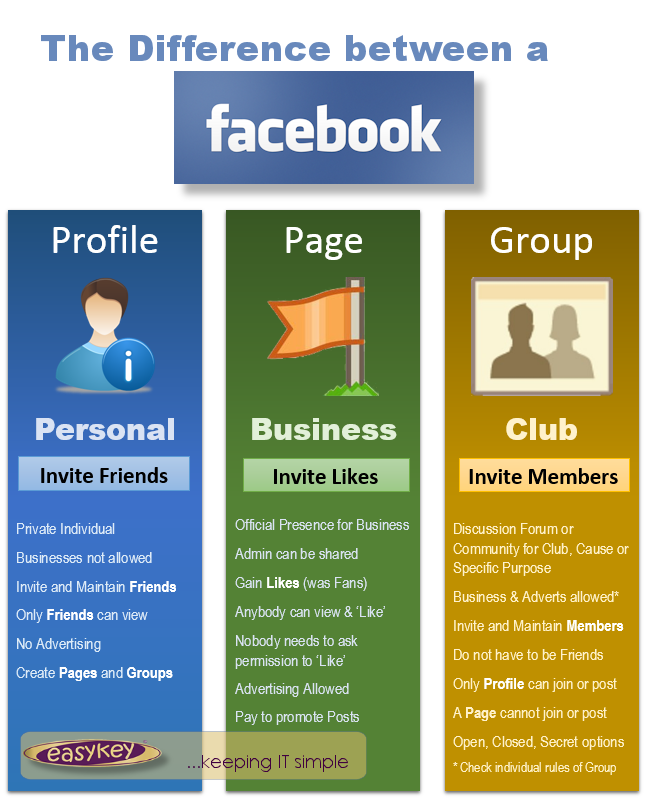 If you have enough perseverance and keep experimenting with content on a daily basis, then one day you will understand what and at what time of the day you need to publish. And look at the statistics of the page more often - there are half the answers to your questions.
If you have enough perseverance and keep experimenting with content on a daily basis, then one day you will understand what and at what time of the day you need to publish. And look at the statistics of the page more often - there are half the answers to your questions. Many are intimidated by the term "author's content". But it is important to understand that it will not take 24 hours a day to create it. At first, this is a couple of materials per week and in a volume that will be well received on a social network (for example, texts of not more than half of an A4 sheet - about 200-300 words). nine0003
Photos
They must be beautiful. Understand as you wish! To understand whether they are beautiful or not, it is enough to look at the number of Likes for this post a couple of hours after the publication of the photo. In a couple of months, you will intuitively learn to understand what followers accept and what does not work.
In my practice, there were examples when it was after the publication of “viral” photos (over 800 “likes”) that the page simply “took off”, and this extended to the fact that people began to view other materials more actively. nine0003
Video
There are at least two options.
The first option is to upload short videos from concerts, exhibitions and so on directly to Facebook, but no longer than one and a half minutes. As a rule, the average consumer does not like to watch longer videos.
The second option is to post the video on Youtube or Vimeo and provide a link on the social network page. It also works, but it is important to know the truth that video is less popular on social networks than photos, and you can’t expect much popularity there. There are social networks for video - Youtube and Vimeo. nine0003
I am working on the project Classicalmusicnews. ru (http://www.classicalmusicnews.ru/). In two and a half months, the project has become quite popular on Facebook. At the same time, popularity is not limited to statistics, and now it is more than 10 thousand subscribers (growth in two and a half months is five times and the average coverage per week is more than 200 thousand people). What has served for the benefit of the growth in the number and activity of subscribers?
ru (http://www.classicalmusicnews.ru/). In two and a half months, the project has become quite popular on Facebook. At the same time, popularity is not limited to statistics, and now it is more than 10 thousand subscribers (growth in two and a half months is five times and the average coverage per week is more than 200 thousand people). What has served for the benefit of the growth in the number and activity of subscribers?
So, how they did it and what they changed:
- We started posting more copyrighted materials. This played an almost decisive role in the growth of the page in all respects. It takes a lot of time and effort, but it pays off immediately and many times over.
- A good example is the Isaac Stern series, My First 79 Years. It immediately became popular due to the high-quality translation and the interestingness of the material itself.
- We started publishing many rare and beautiful photos.
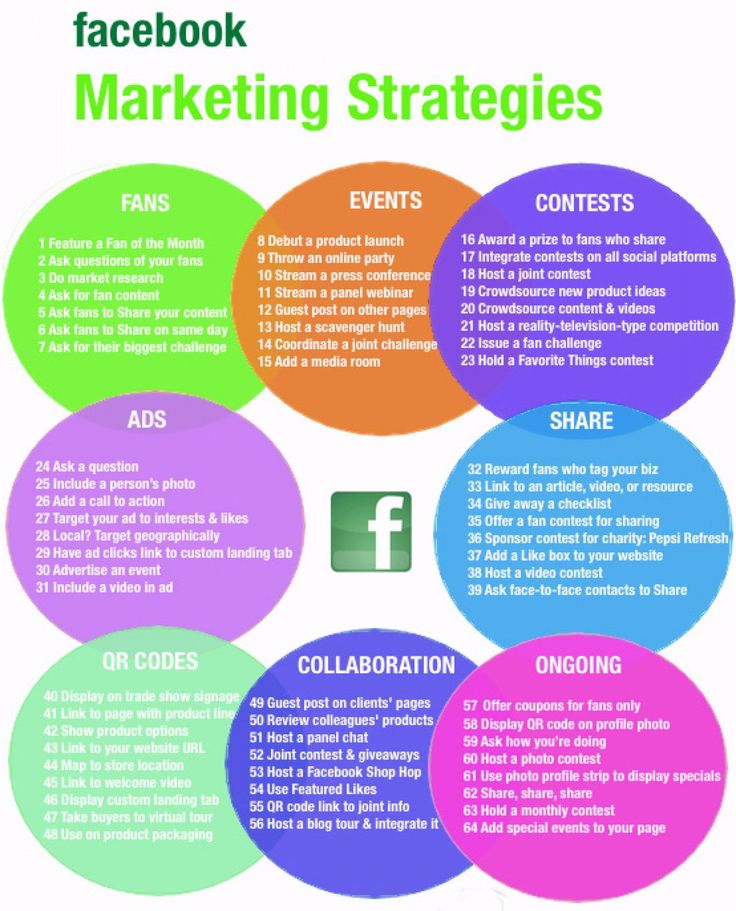 They are hard to find, but the cost of searching pays off. At the same time, we made separate thematic albums for photos. Some of the readers will appreciate your efforts, because not everyone likes to look at photos in discord. nine0058
They are hard to find, but the cost of searching pays off. At the same time, we made separate thematic albums for photos. Some of the readers will appreciate your efforts, because not everyone likes to look at photos in discord. nine0058 - We have decided to publish videos from Youtube. But not just concerts, but something unusual (rare recordings, etc.). We do this infrequently.
- We publish news. This is an important part of the work, and here you need to stay “in a niche”, that is, not go beyond classical music and not “blur” into different areas of art.
What does all this bring to the project?
- People are informed about concerts and go to events announced on the page. It is important. The world has changed, and many people get information about performances not on the sites of concert venues, but from social networks. nine0058
- People get aesthetic pleasure. And in the comments to the posts, they thank or tell about their thoughts about the publications we have posted.
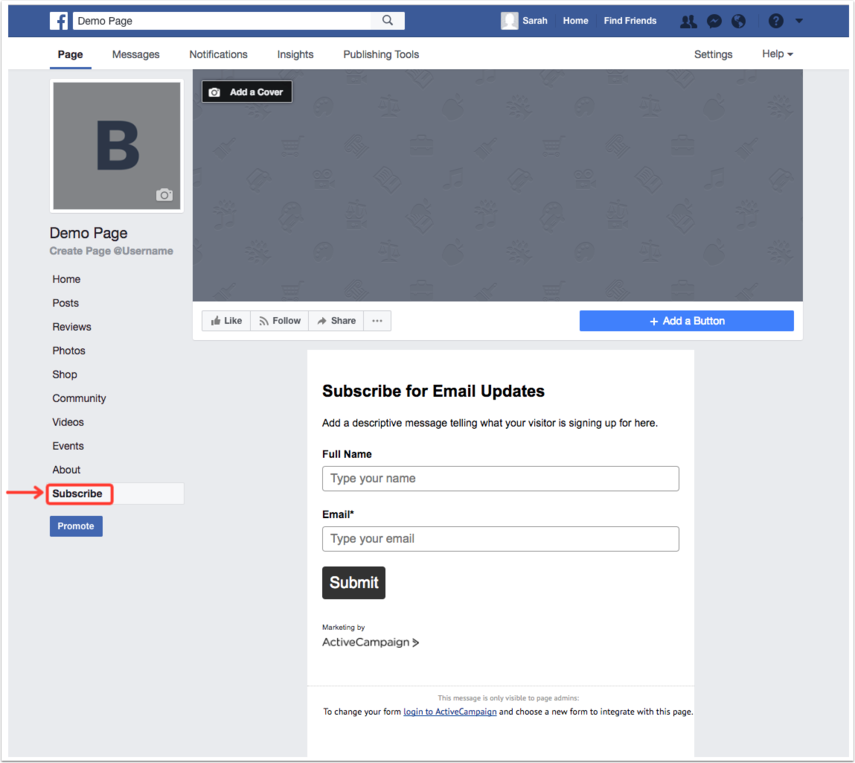
- People educate themselves. No matter how strange it may seem. Many people appeared among my acquaintances who became interested in classical music, composers, performers, concert programs. And not just “for show”, but for your own pleasure, learning something new.
- People receive quality information. Now the world is such that in general there is a lot of information, but there is not enough quality. And just on the Facebook page, we try to choose only the information that is not “about water”, but allows you to think, have fun, learn something new. There is a certain fan in this! nine0058
It should be noted that such cultural projects will not bring much profit. And don't expect. But work. Who knows where your efforts will lead! There are human values, there are brilliant things created at one time by different composers, there is a unique performance of works - is it really about money?
We are talking about life, ordinary and rich.

